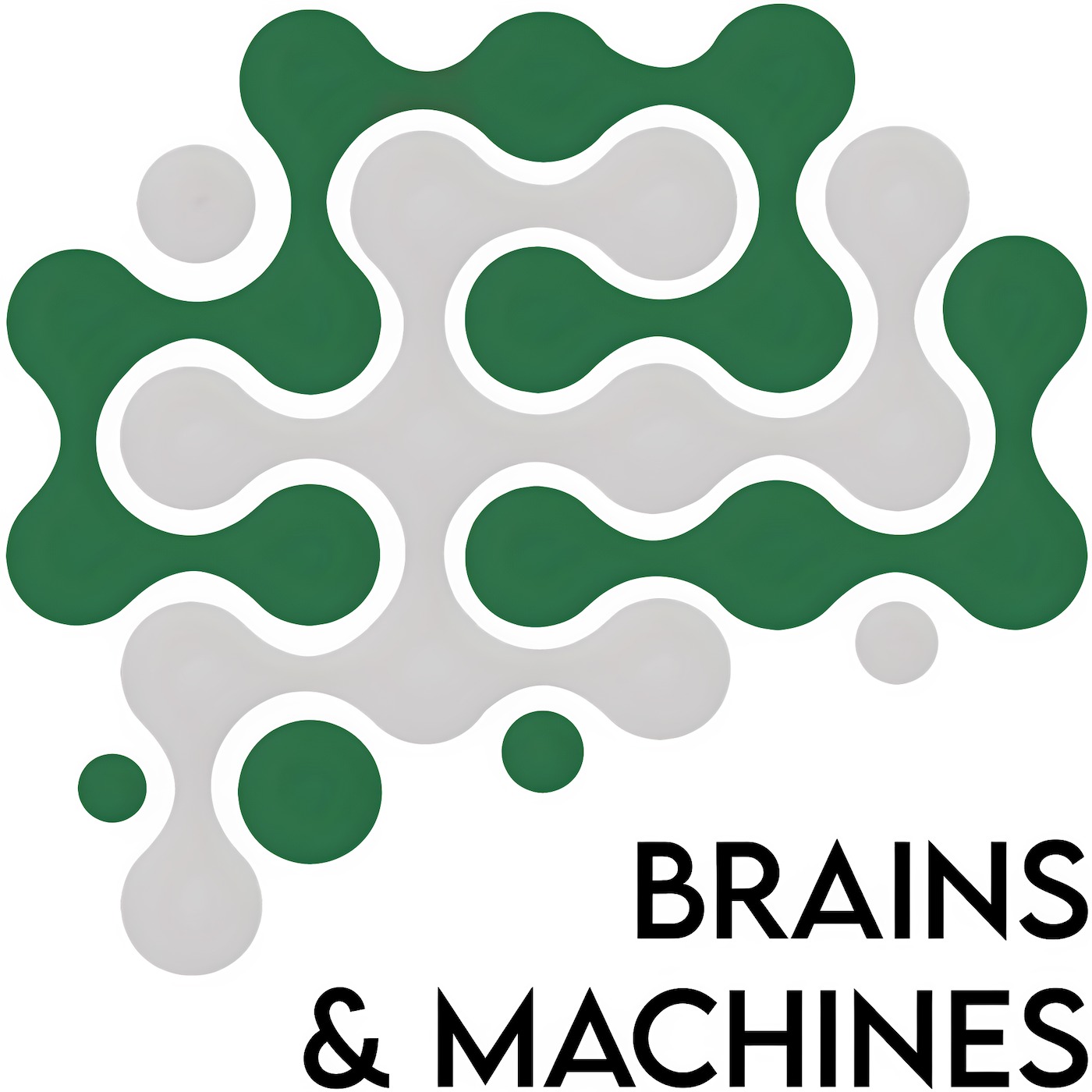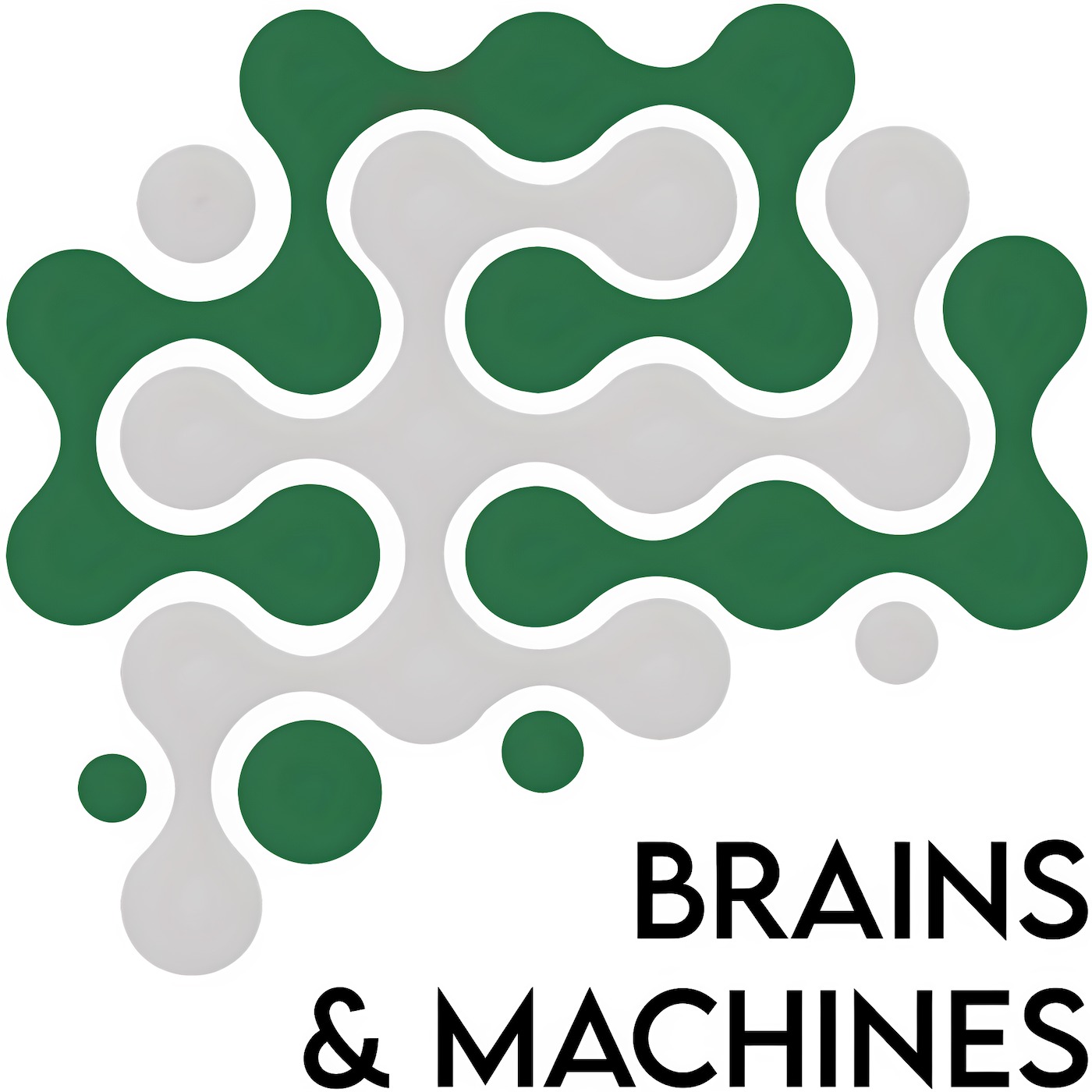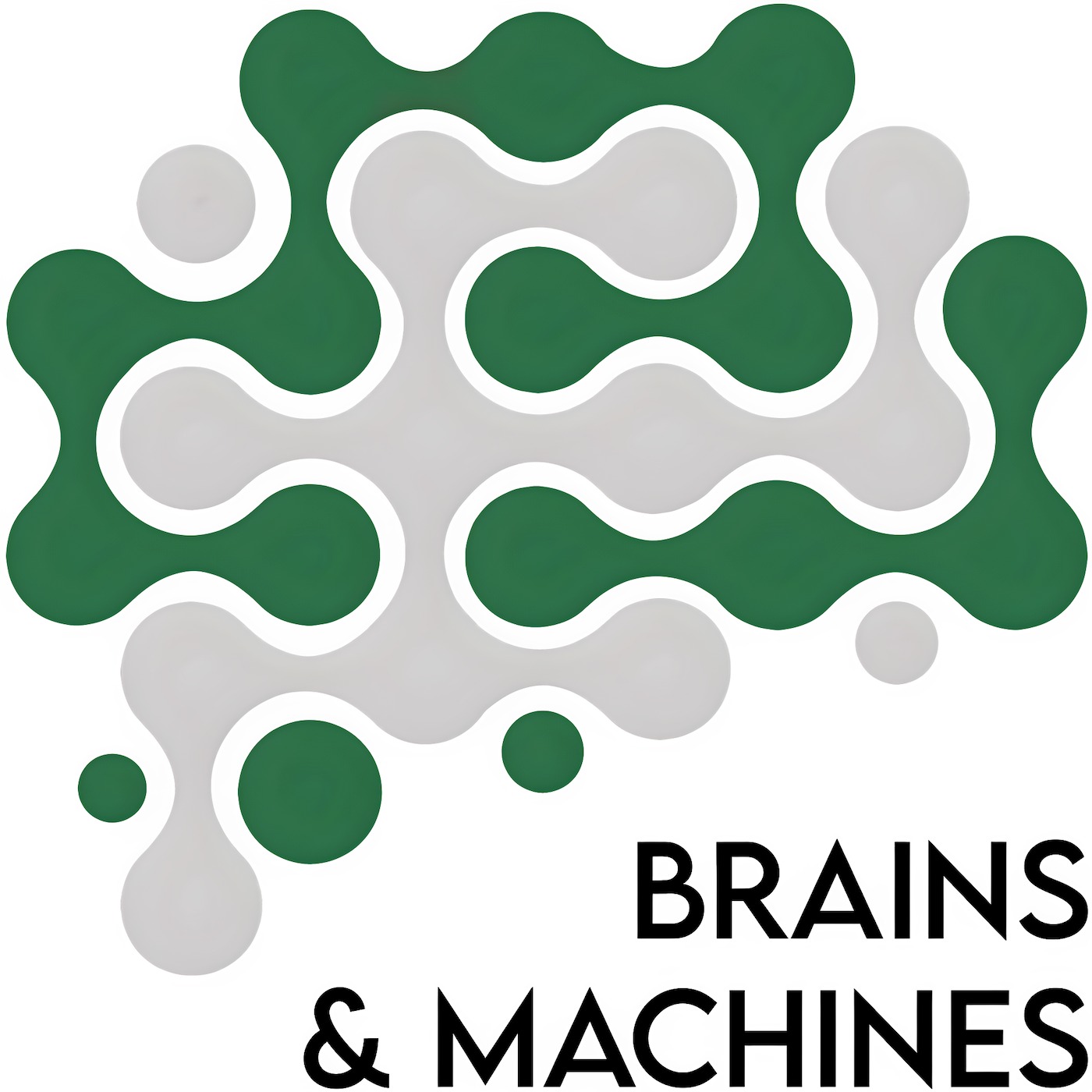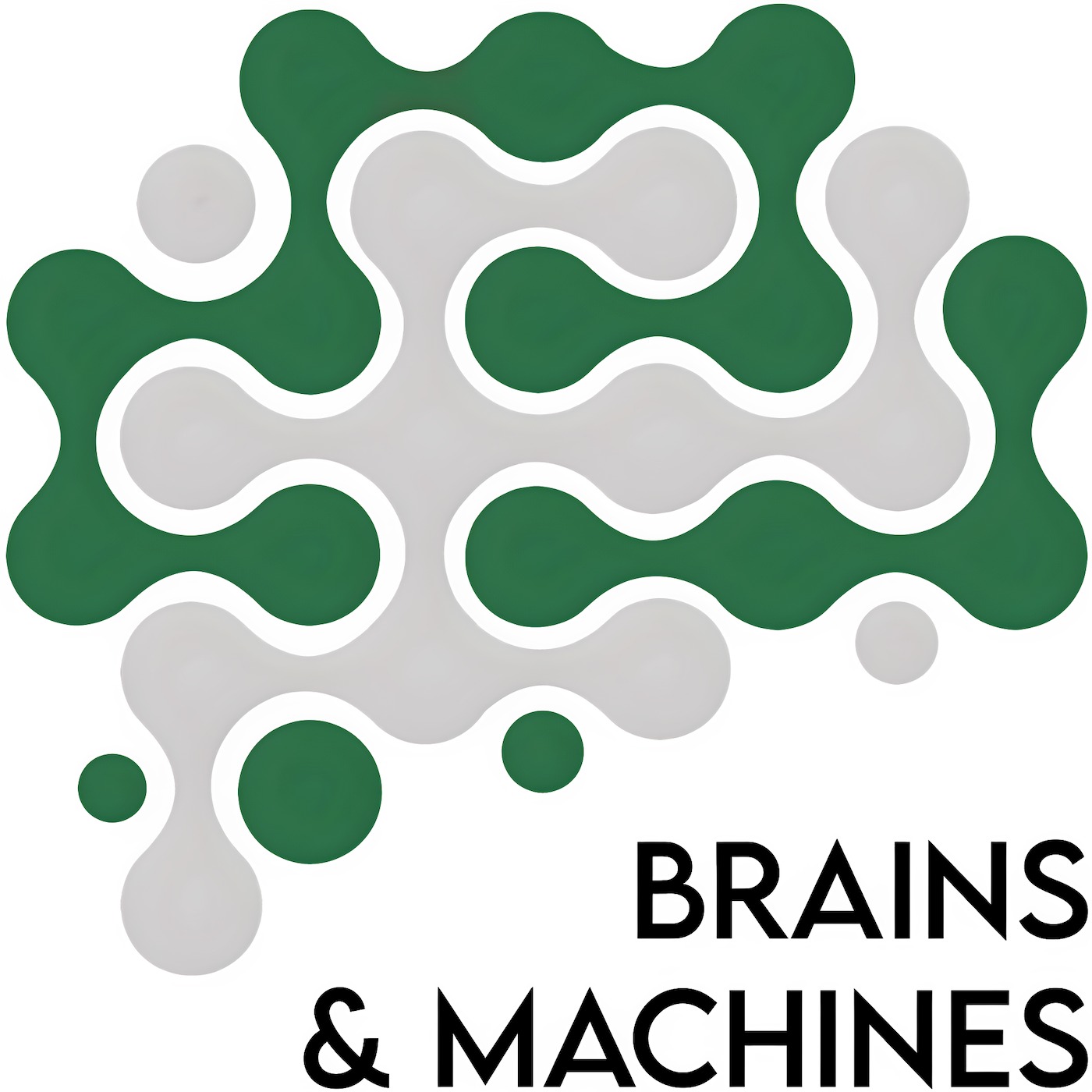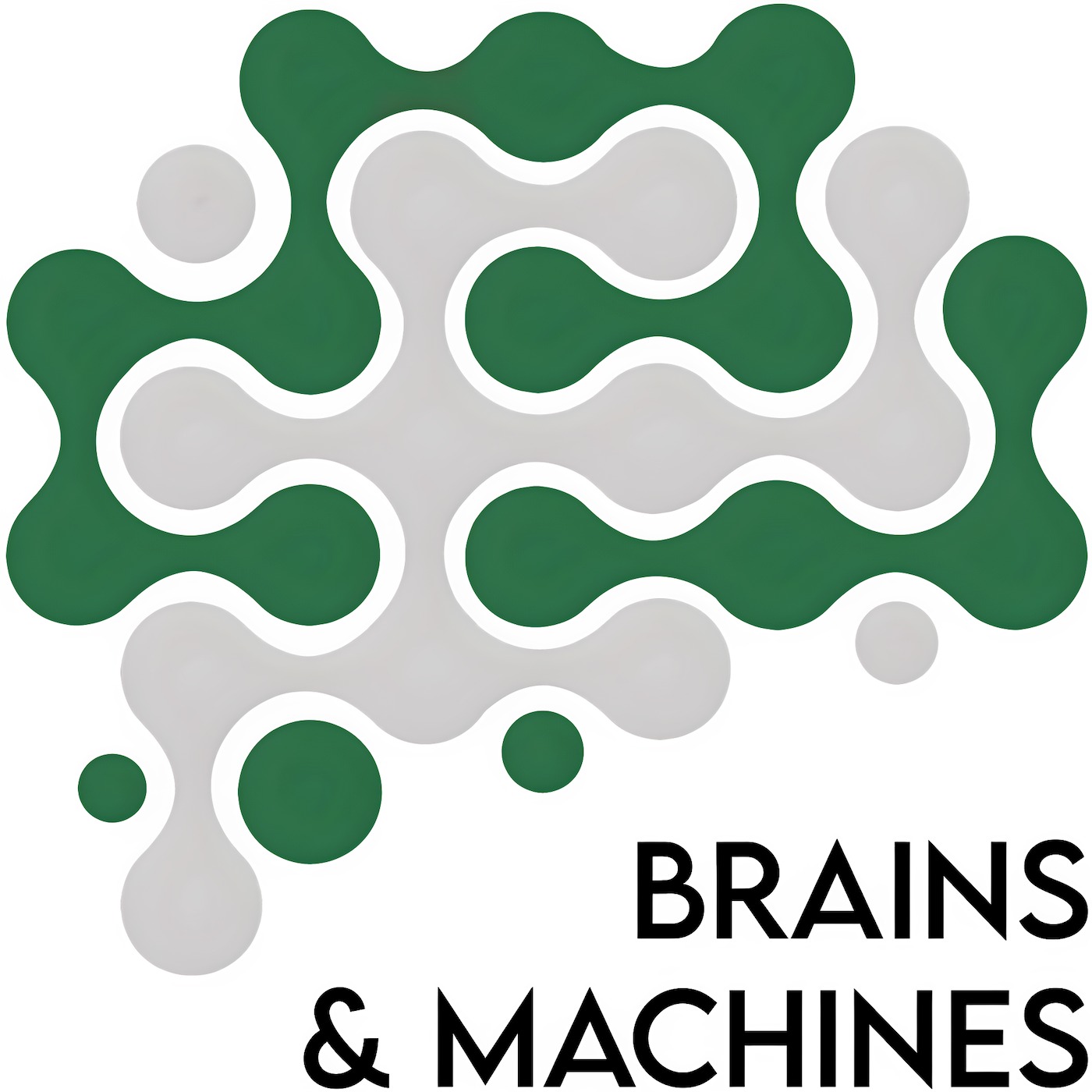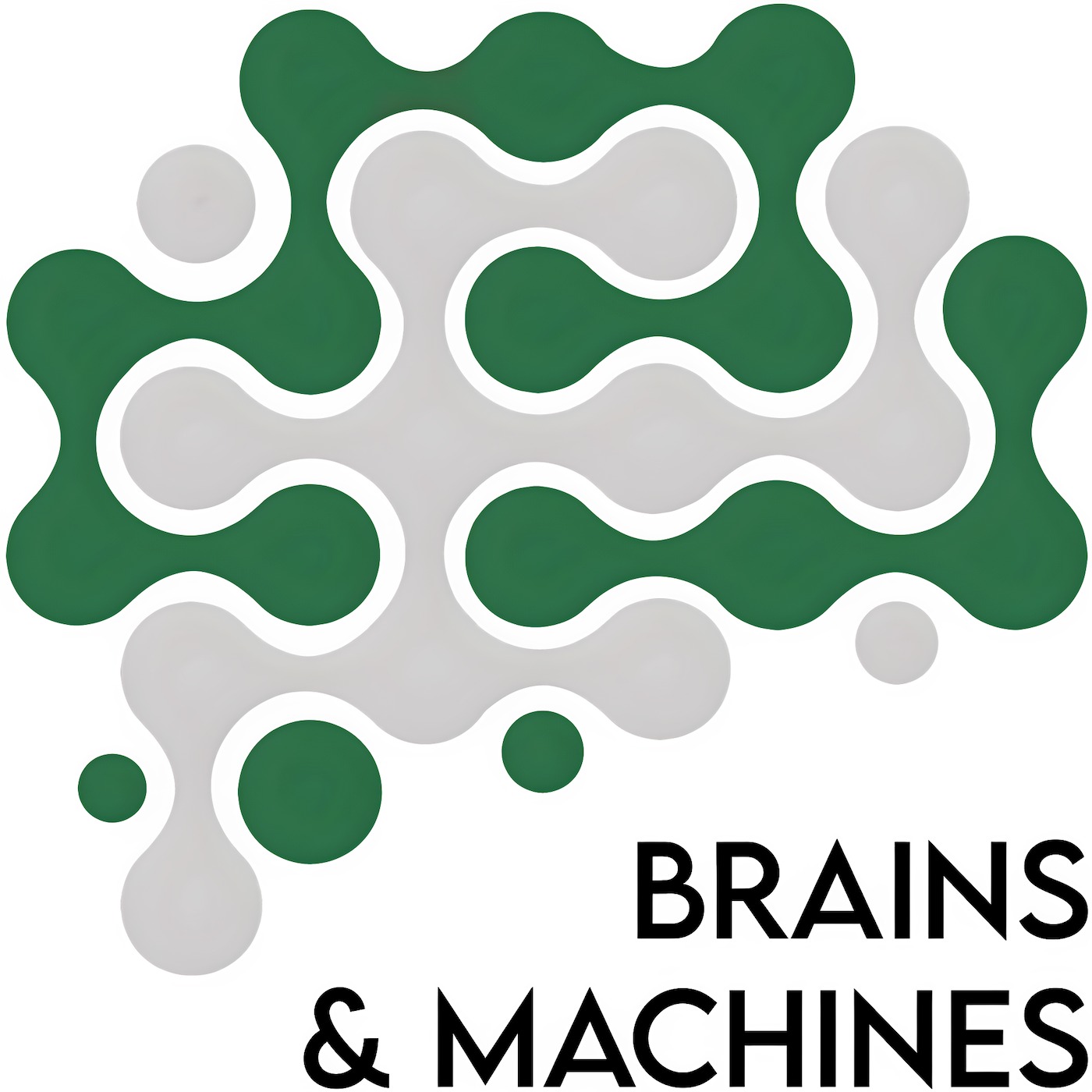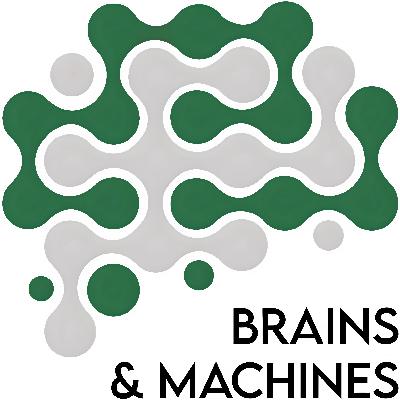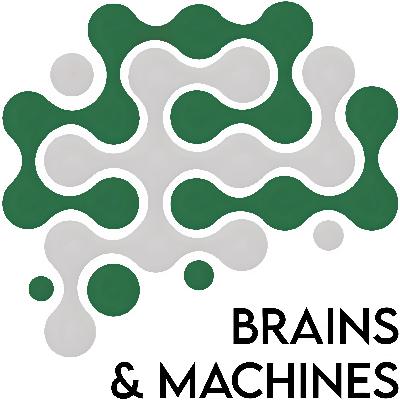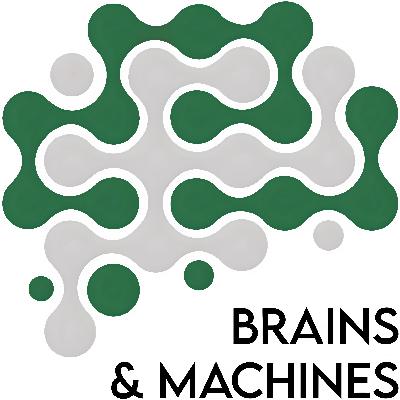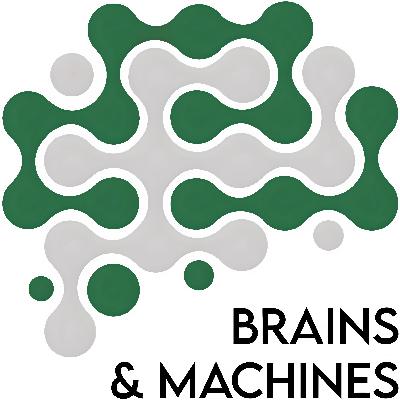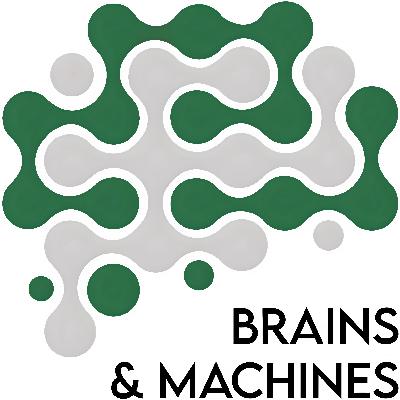
Brains and Machines
Author: Dr Sunny Bains
Subscribed: 16Played: 196Description
Curious to explore the technology advancing Artificial Intelligence beyond the usual headlines? Brains and Machines will introduce you to the people and ideas behind neuromorphic engineering, bio-inspired robotics, and other transformative technologies shaping AI’s future. From spiking neural networks and event-cameras to models of attention and mechanisms for prosthetic control, we investigate how machine cognition is moving forward.
Join Dr Sunny Bains, a scientist, journalist, and lecturer at University College London, as she talks to researchers, engineers, and computer scientists from across the field. With co-host, Dr Giulia D’Angelo from the Czech Technical University in Prague, and commentator Prof Ralph Etienne-Cummings from Johns Hopkins University in Baltimore, the post-interview discussion provides context and insight into the featured innovations.
Produced in conjunction with Electronic Engineering Times. Check out the EETimes Current podcast for more.
Dr D’Angelo gratefully acknowledges the support of the Marie Skłodowska-Curie Postdoctoral Fellowship.



